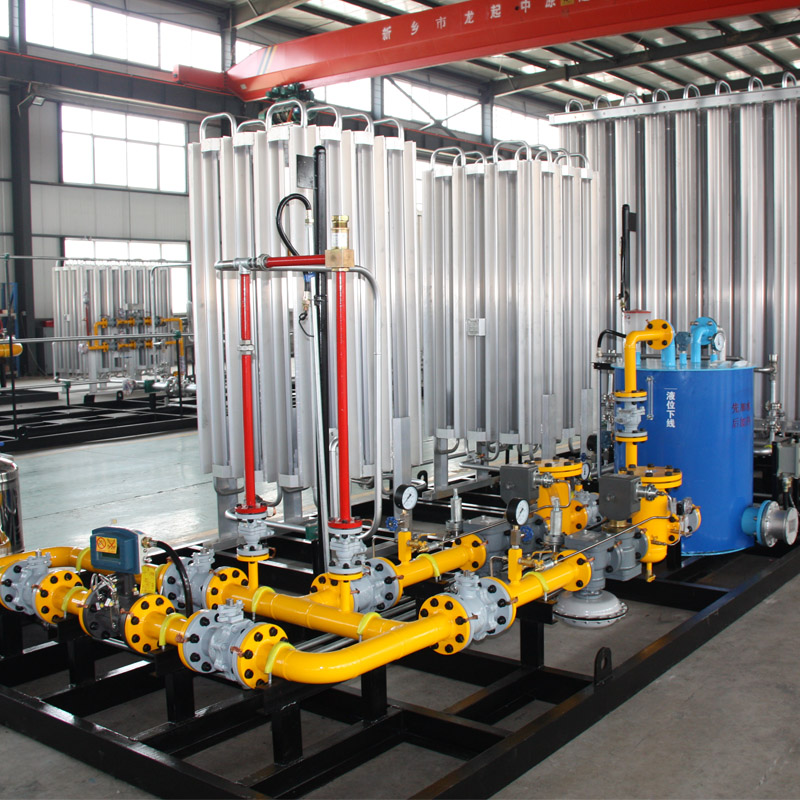
Sep . 23, 2024 06:50
Back to list
pressure reducing valve
Understanding Pressure Reducing Valves A Key Component in Fluid Control Systems
Pressure reducing valves (PRVs) are essential devices used in various applications to control the pressure of fluids within pipelines and systems. They play a critical role in ensuring that the pressure remains at safe and manageable levels, preventing damage to infrastructure and ensuring consistent operation of machines and processes.
At its core, a pressure reducing valve functions by reducing the incoming pressure from a supply line to a specified lower pressure for downstream use. This is particularly important in applications where varying supply pressures can lead to unreliable or unsafe conditions. For instance, in a water distribution system, fluctuations in main supply pressure can cause significant problems, such as pipe bursts or inefficient water delivery. By using a PRV, water pressure can be maintained at a steady level, providing residents and businesses with reliable service.
The working principle of a PRV is relatively straightforward. It typically consists of a spring-loaded diaphragm that responds to changes in pressure. When the inlet pressure exceeds the setpoint, the diaphragm moves to reduce the flow of fluid, hence lowering the downstream pressure. Conversely, if the downstream pressure drops below the desired level, the valve opens to allow more fluid to flow, thus maintaining the set pressure.
pressure reducing valve

One of the standout features of pressure reducing valves is their ability to adapt to varying flow conditions. For example, in a commercial building, the demand for water may change throughout the day. During peak hours, the PRV ensures that all fixtures receive adequate pressure, while during off-peak hours, it can adjust to avoid over-pressurizing the system. This dynamism not only increases efficiency but also prolongs the life of the plumbing infrastructure.
In industrial applications, PRVs are crucial for protecting sensitive equipment from high pressures. Machinery often requires specific pressure levels to operate efficiently and safely. If the supply pressure exceeds the machine's rated capacity, it could lead to catastrophic failures. By integrating PRVs into these systems, manufacturers can safeguard their investments and enhance operational efficiency.
It is also important to consider regular maintenance and testing of pressure reducing valves. Like any mechanical device, PRVs can wear out over time, leading to failures that compromise system integrity. Regular inspections, appropriate adjustments, and timely replacements are essential to ensure these valves continue to function correctly.
In conclusion, pressure reducing valves are vital components in managing fluid pressure across various systems, including water distribution and industrial processes. By providing reliable and stable pressure control, they help prevent damage and enhance operational efficiency, proving indispensable in modern engineering and infrastructure.
Next:
Latest news
-
Safety Valve Spring-Loaded Design Overpressure ProtectionNewsJul.25,2025
-
Precision Voltage Regulator AC5 Accuracy Grade PerformanceNewsJul.25,2025
-
Natural Gas Pressure Regulating Skid Industrial Pipeline ApplicationsNewsJul.25,2025
-
Natural Gas Filter Stainless Steel Mesh Element DesignNewsJul.25,2025
-
Gas Pressure Regulator Valve Direct-Acting Spring-Loaded DesignNewsJul.25,2025
-
Decompression Equipment Multi-Stage Heat Exchange System DesignNewsJul.25,2025

